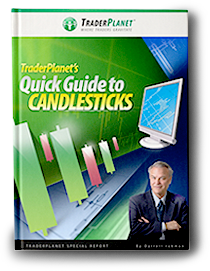Singapore is one of the Forex trading hot spots on the planet. I live in Chicago in the USA but also spend time in Singapore. When I am with Singapore traders, I notice some of them are trying to make so many different strategies work in the Forex market yet none are achieving the success they are in search of. They don’t realize the key factor in trading is proper market timing: the ability to identify market turning points in advance, before they happen. It is also the ability to identify where market prices are going to go, before they go there. The main reason you would want to know how to time the market’s turning points in advance is to attain the lowest risk, highest reward, and highest probability entry into a position in the market. Think about it, by entering as close to the turn in price as possible, you enjoy three key factors:
1) Low Risk: Entering at or close to the turn in price means you are entering a position in the market very close to your protective stop. This allows for maximum position size while not risking more than you are willing to lose. The further you enter the market away from the turn in price, the more you will have to reduce position size to keep risk in line.
2) High Reward (profit margin): Similar to number one above, the closer your entry is to the turn in price, the greater your profit margin. The further you enter into the market from the turn in price, the more you are reducing your profit.
3) High Probability: Proper market timing means knowing where banks and institutions are buying and selling in a market. When you are buying where the major buy orders are in a market, that means you are buying from someone who is selling where the major buy orders are in the market and that is a very novice mistake.
When you trade with a novice, the odds of success are stacked in your favor. So how do we time the market’s turning points in advance? It all begins and ends with understanding how to properly quantify real bank and institution supply and demand in any and all markets.
Once you can do that, you are able to identify where supply and demand is most out of balance and this is where price turns. Once price changes direction, where will it move to? Price moves to and from the significant buy (demand) and… Continue Reading



